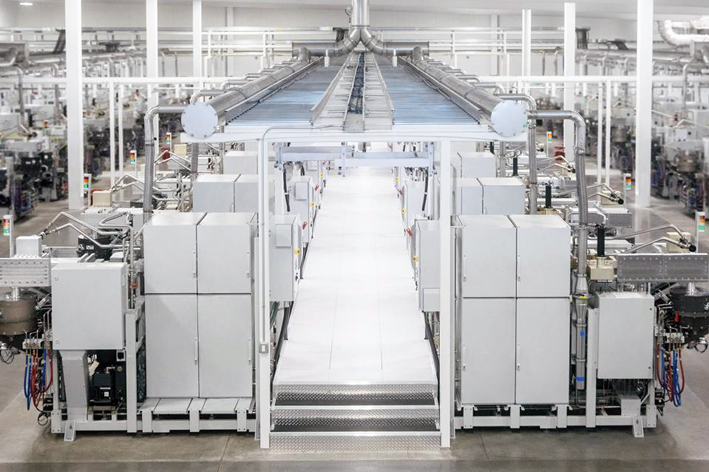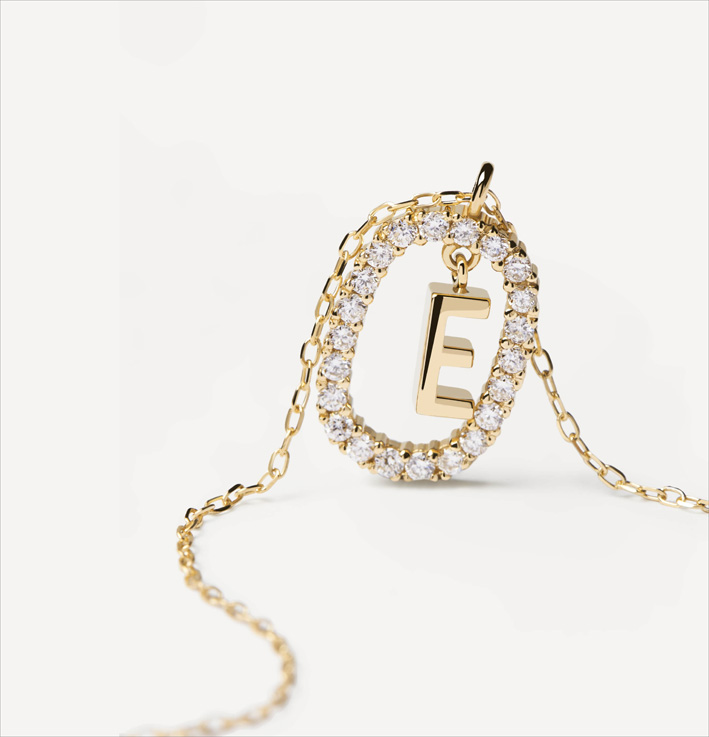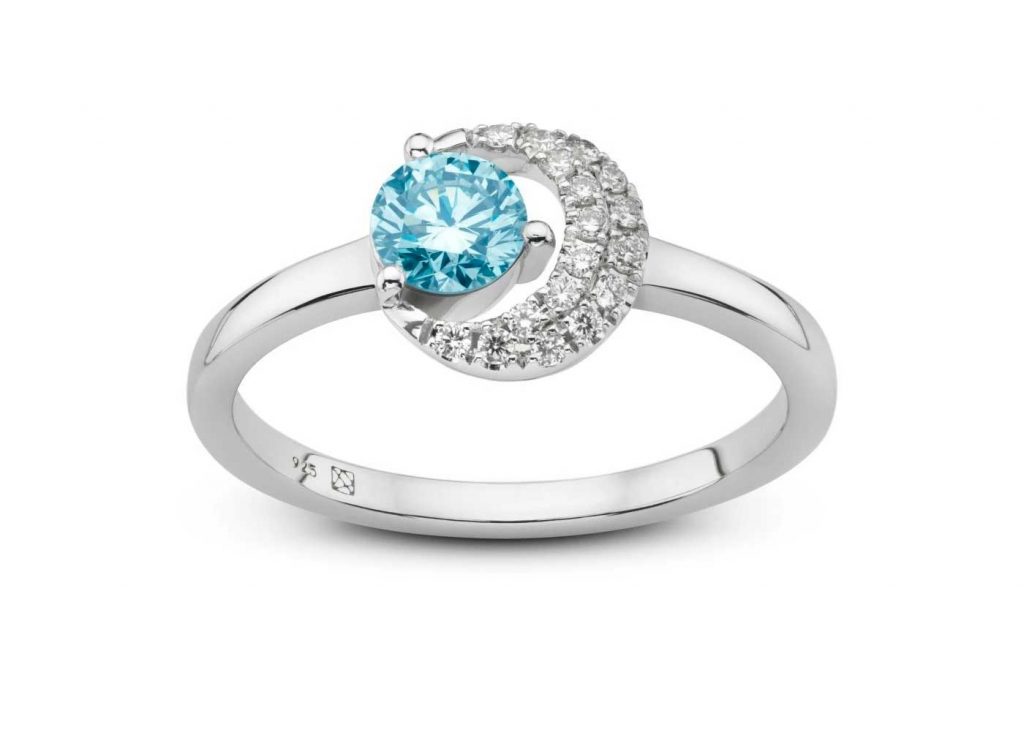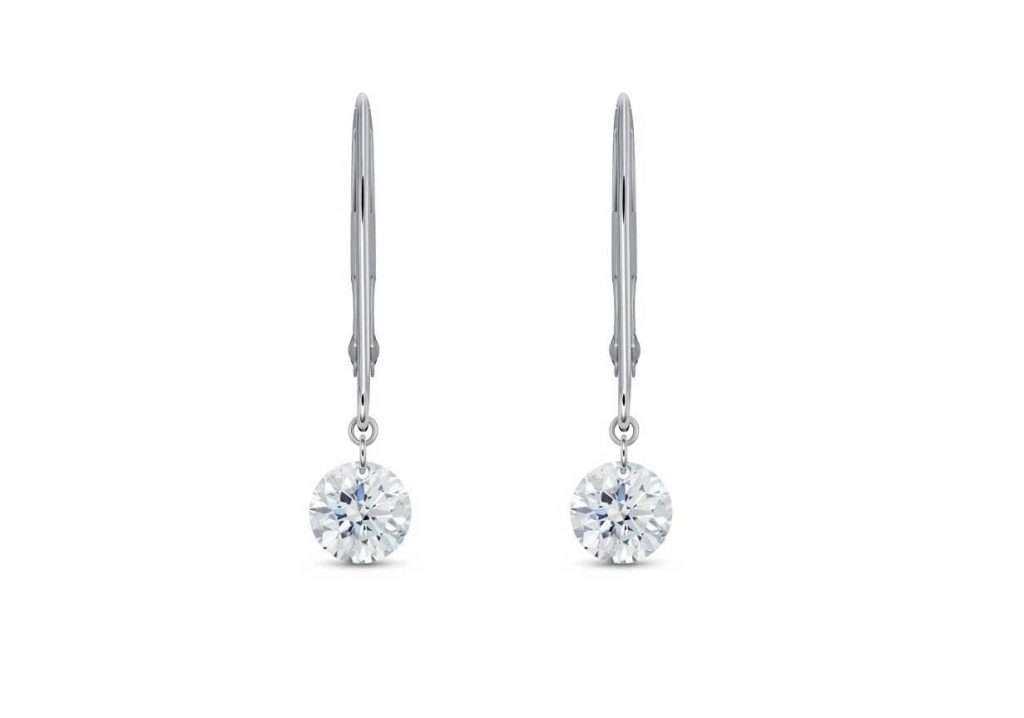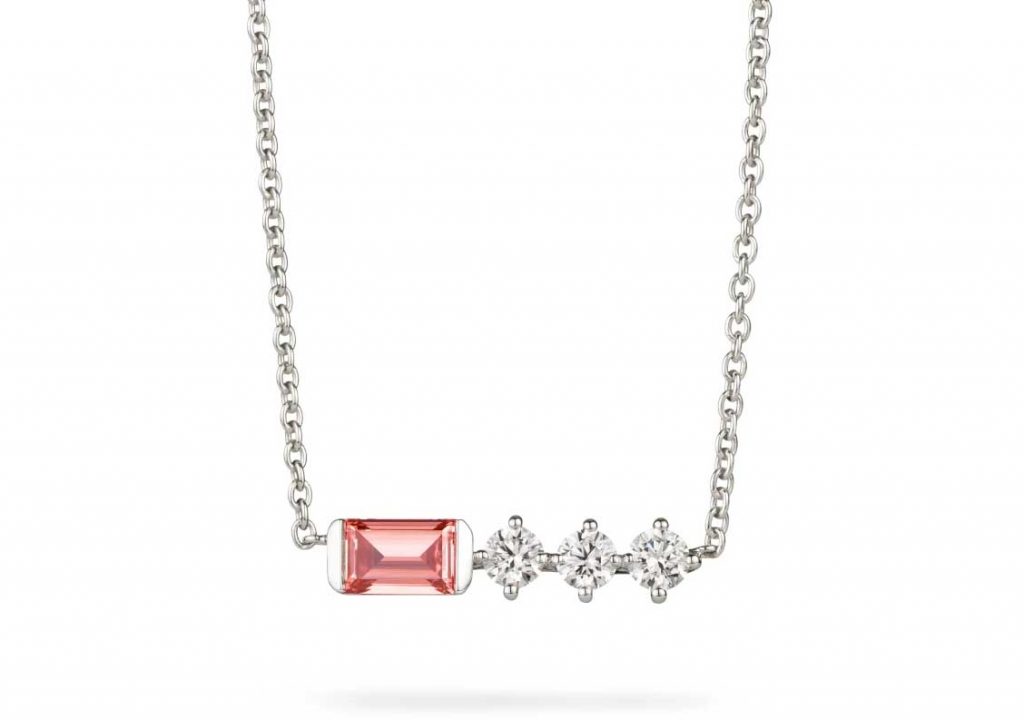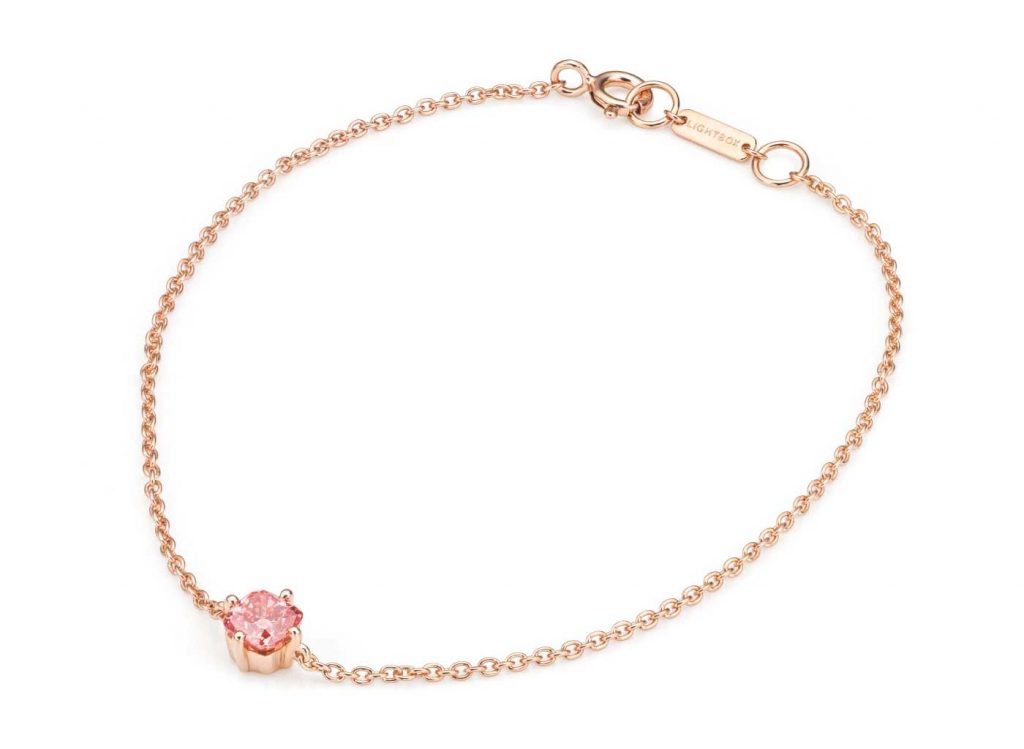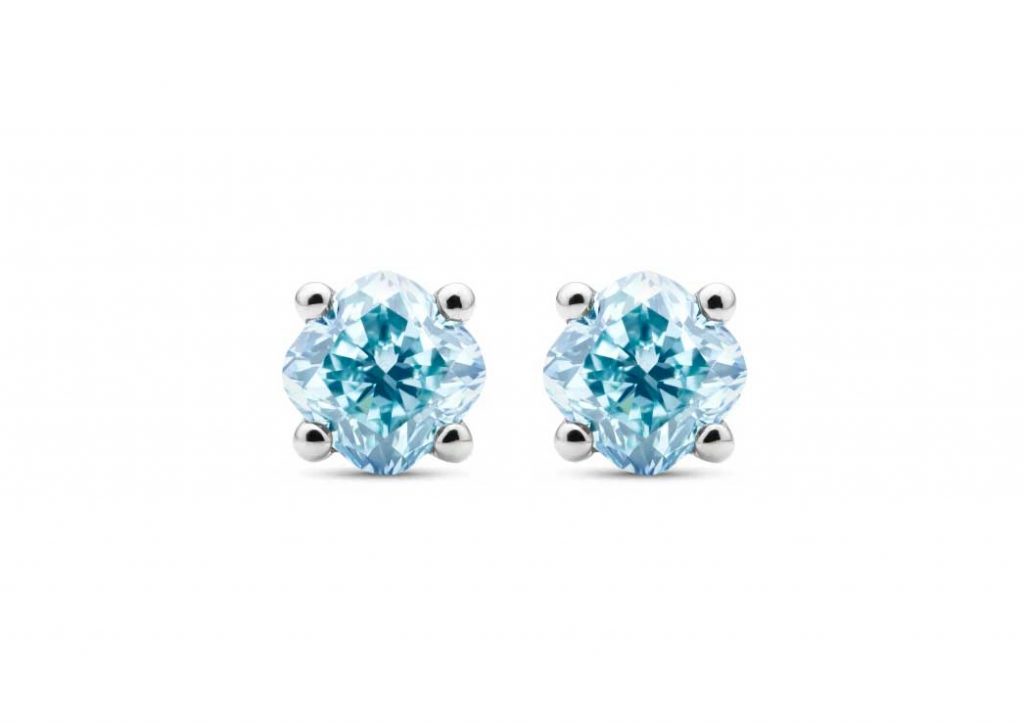A 2-carat diamond not mounted on a jewel and sold for 1600 dollars. Possible? Yes, if it is a diamond that, instead of being extracted from the earth, was produced by a factory or, in the marketing nomenclature, “grown in a laboratory”, a definition that makes the stone less industrial fruit. Lightbox, a brand of the De Beers group, sells synthetic diamonds in bulk. The large company famous for its (natural) diamonds has for some years decided to compete on its own by selling diamonds made within the walls of an industrial plant.
A move that surprised many but, in fact, has a rational strategy: to occupy that part of the market before others do it. Lightbox jewels are distributed all over the world also through the website. The novelty is that now, in addition to laboratory diamond jewels, princess or brilliant cut stones (for the moment) are on sale directly, which can be purchased and then used in a jewel to be entrusted to your jeweler. It is no coincidence that at the moment (October 2021) there is only one diamond ring on the Lightbox website, while the rest of the jewels are divided between earrings and necklaces with a light point. The stones are of VVS purity, colorless (color D, E or F) and have an excellent defined cut.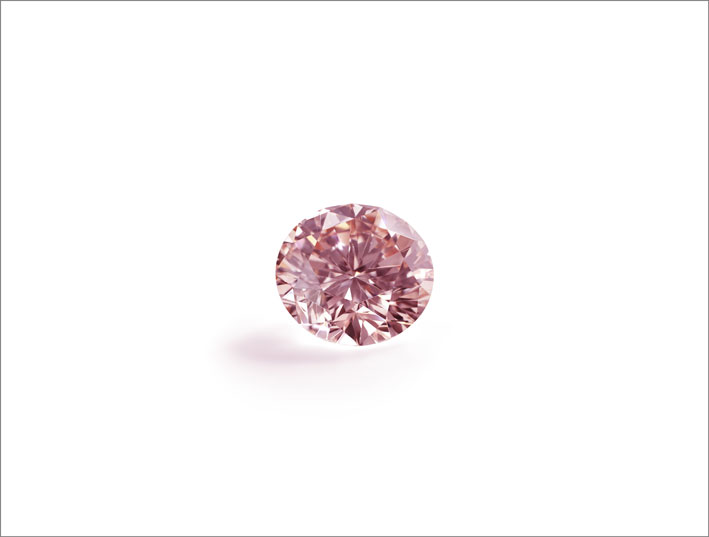
The ultra-competitive price of laboratory diamonds, which among other things are presented as a standard bearer of sustainability (an aspect on which there is much to be discussed), could be a success: the proposed price is $ 800 per carat. More or less a tenth of what a natural diamond costs. To this we must add that, from a chemical point of view, there is no difference between a laboratory stone and one extracted in a mine. Although natural gems often have imperfections that make them unique. Lightbox loose diamonds come with their own quality guarantee and with a sign code visible with a 10x magnifying glass. In short, fortunately they cannot be resold as natural diamonds.





